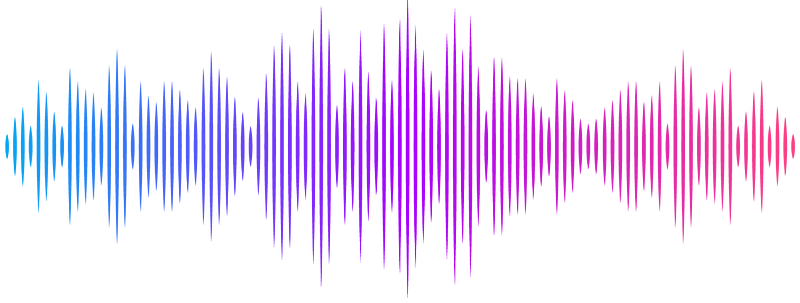Quantification of the volume of swallowed air in the gut finds low volumes when asleep may reduce aerobic digestion and explain why short dinner to sleep times are associated with nocturnal reflux

Quantification of the volume of swallowed air in the gut finds low volumes when asleep may reduce aerobic digestion and explain why short dinner to sleep times are associated with nocturnal reflux
Hurr, T. J.
AbstractIt has been previously reported that air swallowing and breathing exercises could reduce the severity of digestive reflux by supplying oxygen directly to the gut lumen and supporting aerobic digestion, however the normal volume of air swallowed over 24 hours has not been determined. To determine the volume of air swallowed over 24 hours, the number of swallows during eating, drinking and snacks (EDS), asleep, at other times awake (OTA) and the volume of air swallowed per bolus were sought from the literature. Four models were developed to determine the volume of air swallowed per bolus, finding volumes between 0 ml and an average maximum pharyngeal volume of 40 ml were possible, with an average and range of values {approx} 11(1.7-32) ml. From a literature search, the number of swallows over 24 hours determined using a microphone, was found to be the most complete set of data to calculate the volumes of air swallowed while EDS, asleep and OTA. There was on average during EDS {approx} 31 ml air swallowed per minute, when asleep {approx} 1 ml air swallowed per minute and at OTA {approx} 4.3 ml air swallowed per minute giving a total air swallow volume of {approx} 6,400(320-47,000) ml air over 24 hours. The volume of the gases contained in swallowed air were also calculated as nitrogen {approx} 5000 ml, oxygen {approx} 1000 ml and noting swallowed air is expired air from the lungs, carbon dioxide {approx} 320 ml over 24 hours. If improved aerobic digestion reduced the probability of digestive reflux and was related to the volume of air swallowed, then digestive reflux would be least likely to occur during EDS, with the highest air swallow rate, followed by OTA and most likely to occur when asleep, when the lowest volume of air is swallowed. The volume of air swallowed over 24 hours was equivalent to only one or two minutes of breathing at {approx} 6,000 ml per minute for an adult at rest. It is still not clear whether luminal oxygen supply from air swallowing, or luminal (and systemic) oxygen supply from breathing, is the major source of oxygen supply to the gut lumen for aerobic digestion, however if air swallowing is the major source of luminal oxygen supply, then air swallowing is likely an important factor for digestive health.